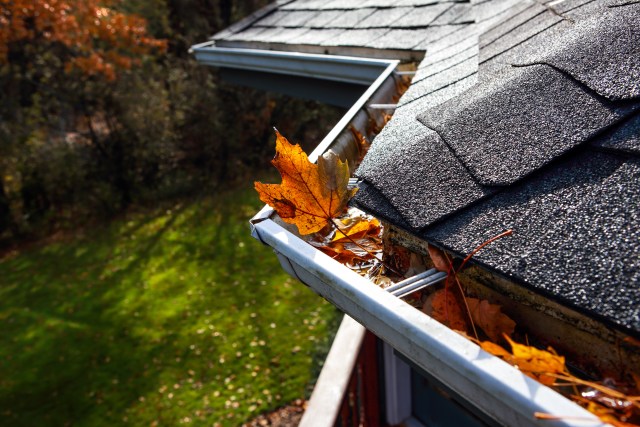When it comes to preparing your home for the winter, most people focus on winterizing their windows, doors and walls. Why wouldn’t they? After all, these are all the most obvious culprits and, as such, places that need to be tended to in order to keep your home warm. What if someone was to tell you that about 35 percent of all your heat is lost through the roof? Would this be enough for you to realize just how important winterizing the roof is? Fortunately, this is not a complex or expensive process and here’s a brief checklist to prove it.
Start with the Inspection
Before you can do any work, you need to check the state of your roof. Once the rain and snow start pouring down on it, even the smallest abnormality or defect may turn into a serious issue. What you’re looking for are the splits and punctures (since they’re the main reason for leaks), as well as uplifts caused by strong winds.
The latter mostly depends on the area and if you’re living in a windy neighbourhood, the probability of this is more likely. Needless to say, these signs of roof damage are visible with the bare eye.
Repair or Replacement
Whenever you spot something that’s not right with your roof, you’ll have to make a choice: repair or replace. For instance, if there’s a missing shingle, the roof replacement is more than an obvious course of action. The problem with this lies in the fact that it often requires you to fix a tad larger portion of the roof.
More importantly, due to the fact that the source of damage (whatever it was), seldom has such a localized effect, it’s highly unlikely that the damage will be present on a smaller surface. In other words, it’s highly unlikely that it’s just a couple of shingles that’ll have to be replaced. This is why this project may be a bit more ambitious and even require some additional equipment. Speaking of the additional equipment, it is recommendable to reach the pros like Interline Manufacturing to acquire high-quality gear for your roof repair.
Cleaning Your Gutters
Fixing the roof is not all that you have to do in order to winterize it. Sometimes, a bit of regular, casual maintenance may also do the trick. The first thing you need to do is clean gutters. Keep in mind, however, that no matter how many times you’ve done this, it’s still just as dangerous.
So, let someone know you’re cleaning gutters, get a secure ladder and prepare the roof by clearing the debris, prior to committing to the task. Other than this, wear gloves and use a plastic scooping tool. The last thing you need is a clogged gutter comes the winter.
Check Ventilation
What you want is for your roof to prevent the hot air from leaving, which would, in theory, mean that you have to shut it off. However, if you ignore the ventilation and stop the air from circling around your roof you’ll
- Make it more prone to the damage caused by wind and
- Increase the effect of mold.
The latter part is particularly important, seeing as how mold is one of the major culprits when it comes to the roof damage. Fortunately, it’s also one that’s quite easy to predict and prevent.
Conclusion
Of course, installing a new roof or insulating your attic would do wonders for your home’s energy-efficiency in winter. Still, both of these projects are quite expensive, even though they yield a positive ROI at the end of the day. Nonetheless, the above-listed four methods are something you can pull off in less than a week and on a tight budget. In other words, it’s also valid as a last-minute winterization effort.





1 thought on “Winterizing the Roof Checklist”